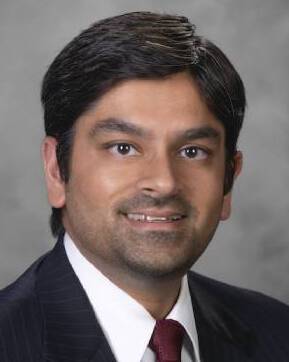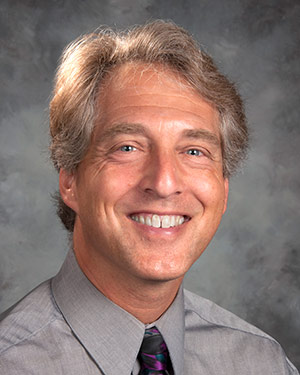-
S.Hassan Akbari, MD MSCI

Expertise: Pediatric Neurosurgery
Primary Location: Johns Hopkins All Children's Outpatient Care, St. Petersburg, Saint Petersburg, FL
-
James Lawrence Chinarian, MD

Expertise: Pediatric Physical Medicine and Rehabilitation
Primary Location: Johns Hopkins All Children's Outpatient Care, St. Petersburg, Saint Petersburg, FL
Spasticity Clinic
Children with spasticity receive medical and surgical care in the Spasticity Clinic at Johns Hopkins All Children’s Hospital in St. Petersburg, Florida, the only area spasticity clinic combining physical medicine and rehabilitation and neurosurgery.
Why Choose Johns Hopkins All Children’s
Our multidisciplinary team includes specialists in pediatric rehabilitation medicine and neurosurgery. When patients come to our clinic, they will see both specialists in the same visit. This allows our specialists and your family to collaborate on your child’s care, discuss your child’s options and answer your questions in real time.
For those patients who may benefit from a surgical treatment for spasticity called selective dorsal rhizotomy (SDR), we are among a limited number of centers that offer it. Johns Hopkins All Children’s pediatric neurosurgeon S. Hassan A. Akbari, M.D., MSCI, has deep experience in selective dorsal rhizotomy, and trained with the physician who popularized the procedure.
Our Approach to Treatment in the Spasticity Clinic
In the Spasticity Clinic, our providers evaluate children who have spasticity to determine if they may benefit from surgery for their spasticity. Surgeries for spasticity performed at Johns Hopkins All Children’s include selective dorsal rhizotomy or intrathecal baclofen pumps.
Spasticity is abnormal muscle tightness caused by an imbalance of signals in the central nervous system from the brain and through the spinal cord. It can occur with damage to the brain or spinal cord, and is typically seen in patients who have:
- Cerebral palsy (CP)
- Stroke
- Traumatic brain or spinal cord injury
Spasticity may affect a child’s ability to walk, run, perform hygiene or use their arms, and can prevent muscle growth. Spasticity can also cause bone and joint deformities. For children with spasticity, oral medications are typically the initial treatment recommendation. While patients may see reduced spasticity with these treatments, for some children surgical options may be more appropriate.
These surgical treatment options include:
Selective dorsal rhizotomy
This is a surgical procedure to treat spasticity. A small incision is made in the patient’s lower back to cut some of the nerves that are sending abnormal signals to the leg muscles, which can reduce spasticity in the legs.
The surgeon will stimulate each root electrically and identify which rootlets are causing the spasticity. The abnormal rootlets are cut, leaving the normal ones intact. The goal is to help children move better and hurt less. While SDR is often done by removing multiple levels of bone, we remove just one level of bone, which results in fewer complications in the long term.
The best candidates for surgery are those who:
- Have tightness mainly in the legs.
- Are physically and mentally able to participate in intensive physical therapy after the operation. This includes inpatient therapy initially.
- Are motivated and able to follow instructions.
Potential (but unlikely) risks include infection, short-term loss of bladder control, and sensory loss.
Intrathecal baclofen pump
An ITB pump delivers baclofen to a small space around the spinal cord. Baclofen causes the receptors in the spinal cord to relax the affected muscles. The ITB pump is implanted surgically under the skin of the lower abdomen.
After surgery and discharge from the hospital, your child will receive follow-up care from our team, and rehabilitation services, such as occupational and physical therapy, to meet their individual needs.
Typically, the recommended frequency of therapy sessions for patients is:
- The initial two to four weeks of therapy will be done inpatient
- Surgery to six months after surgery: four to five times per week
- Six to 12 months after surgery: three to four times per week
- Twelve to 36 months after surgery: two to four times per week
Each session will be 45-60 minutes.
Meet Our Team
Read inspiring stories about our patients
Selective Dorsal Rhizotomy for Spastic Diplegia: Landon’s Story
Landon was about a year old when he was diagnosed with spastic diplegia cerebral palsy, a condition that affects movement and muscle tone in the lower limbs. When his progress with physical therapies had plateaued, his family pursued treatment for him at the Spasticity Clinic at Johns Hopkins All Children’s. Learn more about Landon's story.


